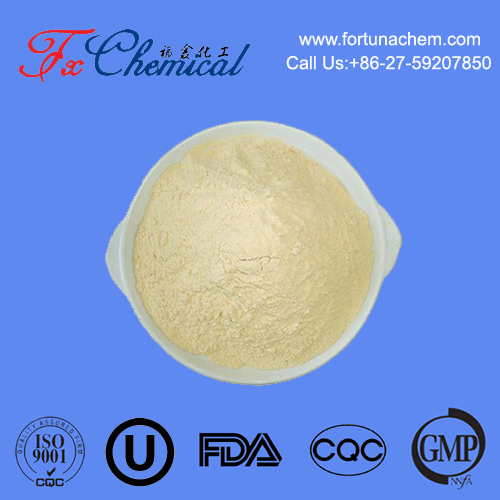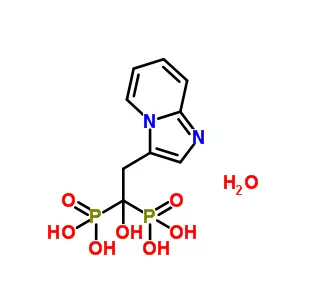
Search

Search

Cefaclor is a widely used antibiotic medication prescribed to treat various bacterial infections. It belongs to the cephalosporin class of antibiotics and contains specific active ingredients that work together to combat bacterial growth. In this blog, we will explore the active ingredients in cefaclor and delve into how they work to fight off infections.
The primary active ingredient in cefaclor is cefaclor monohydrate. Cefaclor is a second-generation cephalosporin antibiotic that inhibits the growth of bacteria by interfering with the synthesis of their cell walls. Cefaclor monohydrate is effective against a broad range of bacteria, including Streptococcus pneumoniae, Haemophilus influenzae, and Staphylococcus aureus, among others. Its bactericidal properties help to eliminate bacterial infections and promote healing.
Cefaclor exerts its antibacterial effects by targeting the cell walls of bacteria. Bacterial cell walls are essential for their survival and protection. Cefaclor works by inhibiting the synthesis of peptidoglycan, a crucial component of the bacterial cell wall. By interfering with peptidoglycan formation, cefaclor weakens the structural integrity of bacterial cells, causing them to rupture and ultimately leading to their death. This mechanism of action makes cefaclor an effective treatment against susceptible bacteria.
Cefaclor's spectrum of activity determines the range of bacteria it can effectively combat. While it is effective against many common bacterial pathogens, it is important to note that cefaclor is not effective against all types of bacteria. The specific strains susceptible to cefaclor will depend on the individual bacteria's sensitivity to this antibiotic. It is essential for healthcare professionals to conduct appropriate testing to identify the bacteria causing the infection and determine its susceptibility to cefaclor.
Understanding the pharmacokinetics of cefaclor provides insights into how the active ingredients are processed in the body. Cefaclor is orally administered and is well absorbed from the gastrointestinal tract. It reaches therapeutic concentrations in various body tissues and fluids, including the respiratory tract, urinary tract, skin, and soft tissues. The elimination of cefaclor primarily occurs through the kidneys, making dose adjustments necessary for individuals with impaired renal function.
The active ingredients in cefaclor, particularly cefaclor monohydrate, play a vital role in combating bacterial infections. By inhibiting the synthesis of bacterial cell walls, cefaclor weakens the structural integrity of susceptible bacteria, leading to their elimination. Understanding the mechanisms of action, spectrum of activity, and pharmacokinetics of cefaclor provides important insights into how this antibiotic medication works in the body. It is essential to consult with healthcare professionals to ensure appropriate usage and maximize the benefits of cefaclor in treating bacterial infections.

Quick Links
Add:
E-mail:
 English
English  Español
Español  français
français  العربية
العربية 


